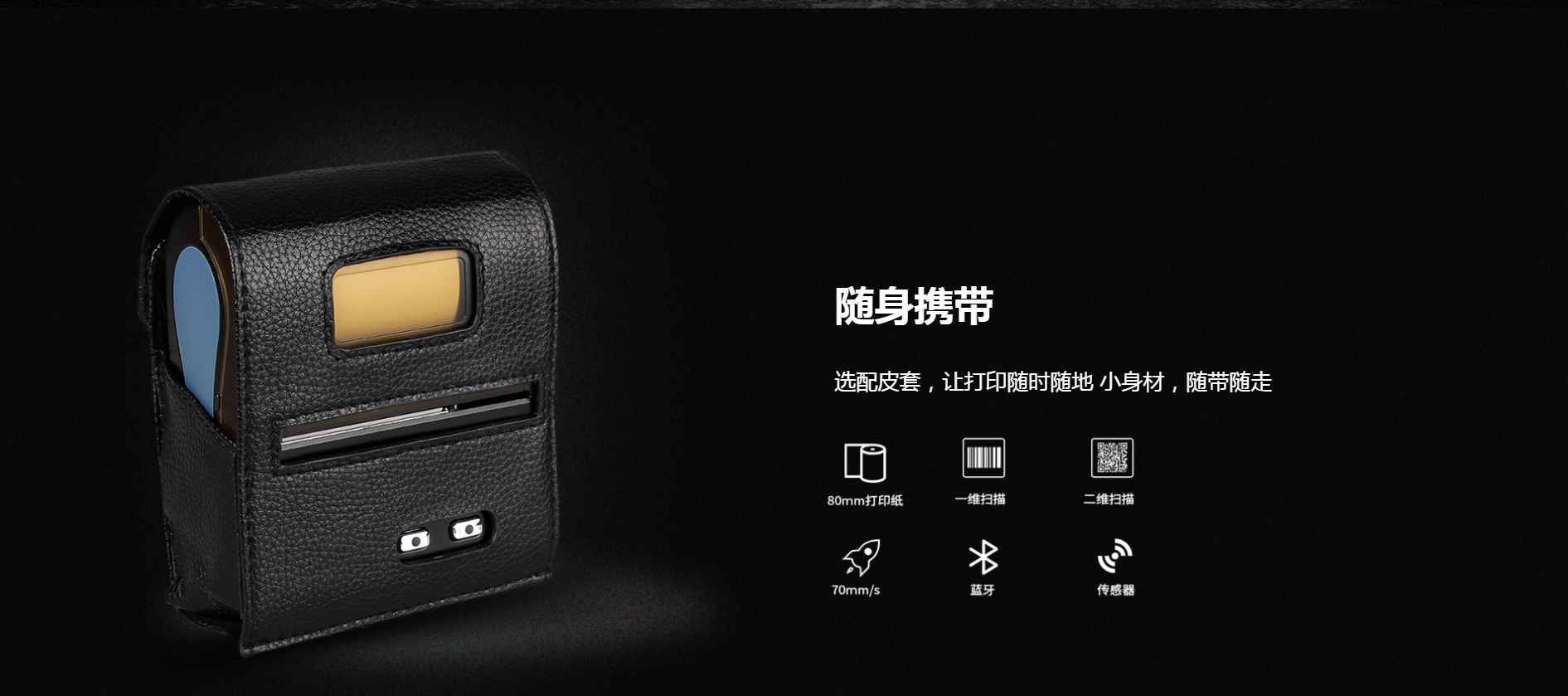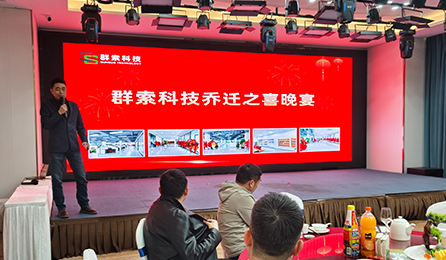The Internet of Things (IoT) is an extended network based on the internet, built upon the foundation of the internet itself. It integrates various information sensing devices with the network, forming a vast system that facilitates interconnectedness among people, machines, and objects, regardless of time or location.
The Internet of Things (IoT) relies primarily on devices such as Radio Frequency Identification (RFID), infrared sensors, Global Positioning Systems (GPS), and laser scanners. These devices connect items to the internet according to specific rules, enabling information exchange and communication. Through this approach, objects can achieve intelligent identification, positioning, tracking, monitoring, and management, with widespread applications in fields such as warehousing, logistics, retail, healthcare, and libraries. In essence, IoT utilizes specific technologies to enable intelligent management of goods or resources.
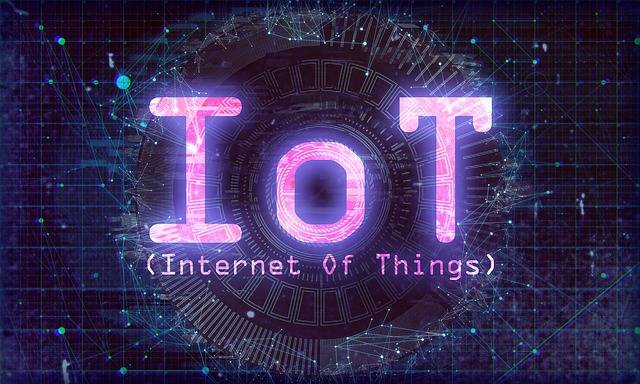
Radio Frequency Identification (RFID) Technology
Video recognition technology, commonly referred to as "RFID" (Radio Frequency Identification), or colloquially as "electronic tags," is an automatic identification technology that utilizes wireless radio frequency signals for contactless information transmission. The principle involves data communication between a reader and a tag without physical contact, ultimately aiming to automatically identify target objects. RFID finds widespread applications in various fields, including NFC (Near Field Communication), smart libraries, logistics systems, electronic payment cards, access control systems, and more.
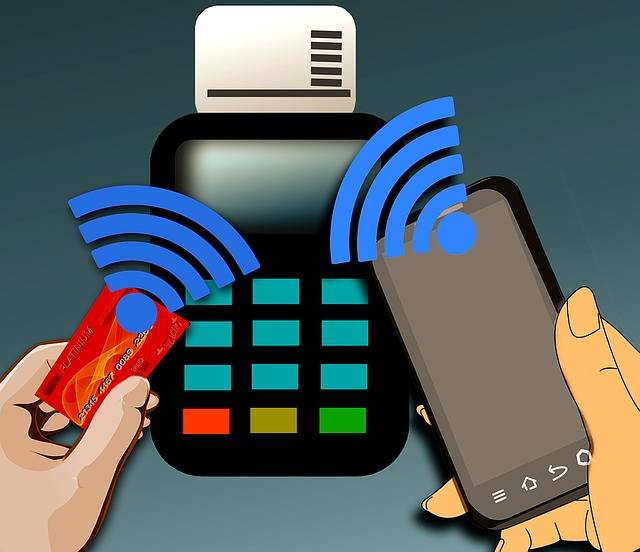
PDA: Handheld Smart Terminal
PDA stands for Personal Digital Assistant, representing a personal digital aid. PDAs can be categorized into consumer-grade and industrial-grade types, each playing crucial roles in different domains.
Consumer-grade PDAs encompass commonly encountered devices in our daily lives, such as tablets, smartphones, and handheld gaming consoles. These devices integrate computing, communication, and entertainment functions, offering users convenient digital experiences.
On the other hand, industrial-grade PDAs cover a broader spectrum of applications, including barcode scanners, RFID readers, and POS machines. Industrial-grade PDAs are primarily utilized for data transmission and collection, boasting characteristics like durability in extreme industrial environments, such as high or low temperatures and dusty conditions. Hence, they find extensive applications in retail, logistics, parking management, healthcare, and other sectors.
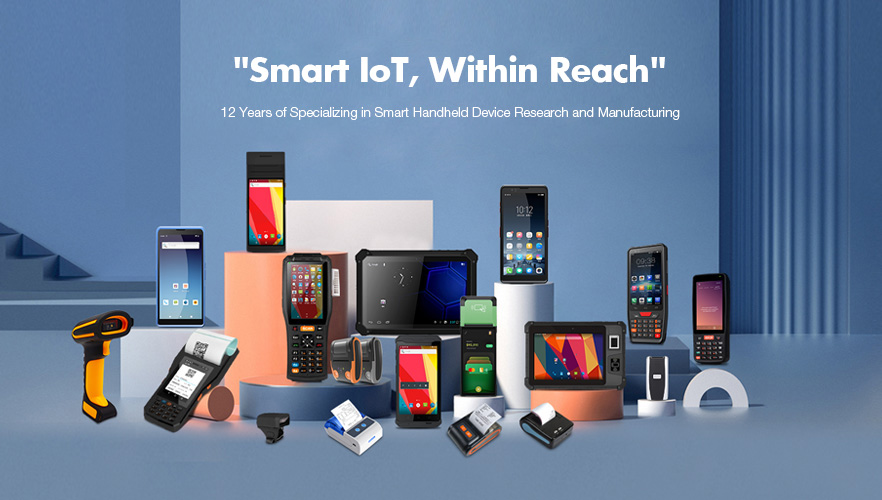
The advantages of industrial-grade PDAs include portability, high efficiency, and performance, effectively enhancing work productivity and simplifying data management processes. Their design is tailored to meet user demands in complex environments, providing enterprises with reliable solutions.
 PDA-608
PDA-608
 PDA-601
PDA-601
 PDA-602
PDA-602
 PDA-601
PDA-601
 PDA-5502
PDA-5502
 PDA-5501/4G
PDA-5501/4G
 PDA-405
PDA-405
 PDA-5501/3G
PDA-5501/3G
 PDA -3505
PDA -3505
 PDA-3505(U)
PDA-3505(U)
 PDA-401
PDA-401
 PDA-408
PDA-408
 PDA-603
PDA-603




























